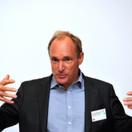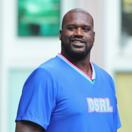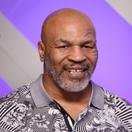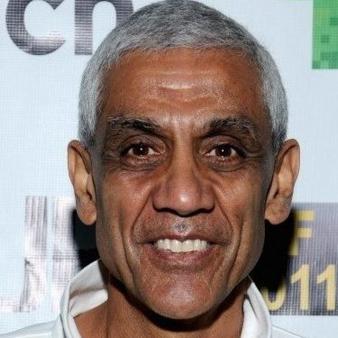- Category:
- Richest Celebrities › Authors
- Net Worth:
- $30 Million
- Birthdate:
- Feb 12, 1948 (76 years old)
- Birthplace:
- Queens
- Gender:
- Male
- Height:
- 5 ft 6 in (1.7 m)
- Profession:
- Writer, Inventor, Entrepreneur, Scientist, Author, Futurist
- Nationality:
- United States of America
What is Ray Kurzweil's net worth?
Ray Kurzweil is an American author, entrepreneur, scientist, inventor and futurist who has a net worth of $30 million. Ray Kurzweil has earned his net worth in the fields of optical character recognition (OCR), text-to-speech, syntheses, speech recognition technology, and electronic keyboard instruments. He has also written numerous books on health, artificial intelligence (AI), transhumanism, the technological singularity, and futurism.
Early Life
Kurzweil was born on February 12, 1948 in New York City to secular Jewish parents who had emigrated from Austria just before the onset of World War II. His father was a concert pianist, conductor, and music educator while his mother was a visual artist. He grew up with his sister, Enid. He attended NYC Public Education Kingsbury Elementary School PS 188. He attended a Unitarian Universalism church during in upbringing, which exposed him to a diversity of religious faiths.
By the age of five, Kurzweil had decided he wanted to be an inventor. He was an avid reader as a youth and was also very interested in science. He started working with computers at the age of 12, a time at which there were only a dozen computers in the entire state of New York. At the age of 15, he wrote his first computer program. He attended Martin Van Buren High School. During class, he often pretended to be involved while really working on his own projects. While a teenager, he won a number of science and invention related contests. His submission of his first computer program to the Westinghouse Talent Search resulted in him being one of its national winners. After high school, he attended MIT where he studied with Marvin Minsky. He obtained his bachelor's degree in computer science and literature in 1970.
Career
After finishing his degree, Kurzweil founded Kurzweil Computer Products, Inc and led the development of the first omni-font optical character recognition system, which was capable of recognizing text written in any normal font. His next major business venture began in 1978 when the company began selling a commercial version of the optical character recognition computer program. LexisNexis was one of the first customers and bought the program to upload legal documents into its newly-formed online legal database. Kurzweil then sold Kurzweil Computer Products to Xerox and worked as a consultant for Xerox until 1995.
Meanwhile, Kurzweil had also created a new generation of music synthesizer capable of accurately duplicating the sounds of real instruments. He created Kurzweil Music Systems in 1984 and the Kurzweil K250. The machine made it possible for a single user to compose and play an entire orchestral piece. Kurzweil Music Systems was sold to South Korean musical instrument manufacturer Young Chang in 1990. Kurzweil worked as a consultant for several years for the company. In 2015, he received a Technical Grammy for his invention of the Kurzweil K250.
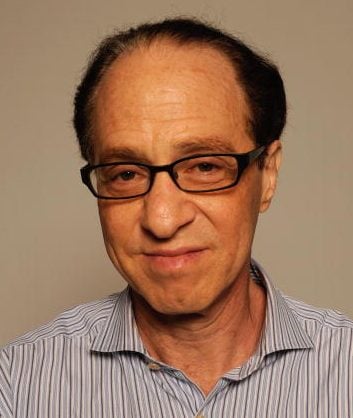
Larry Busacca/Getty Images
Additionally, Kurzweil started Kurzweil Applied Intelligence to develop computer speech recognition systems for commercial use. He also started Kurzweil Educational Systems in 1996 to develop new pattern-recognition-based computer technologies to help people with various types of disabilities like dyslexia, ADHD, and blindness. Products include the Kurzweil 1000 text-to-speech converter software program and the Kurzweil 3000, an electronic learning system that helps with reading, writing, and study skills.
In 1999, Kurzweil created a hedge fund called FatKat which began trading in 2006. The hedge fund uses artificial intelligence investment software that recognizes patterns in currency fluctuations and stock-ownership trends. In 2005, he introduced a new invention, the Kurzweil National Federation of the Blind Reader, a devise designed to help blind people by reading written text aloud.
In December of 2012, Kurzweil was hired by Google in a full-time position to assist in projects related to machine learning and language processing. He later joined the Alcor Life Extension Foundation, a cryonics company. Kurzweil plans to be perfused with cryoprotectants, vitrified in liquid nitrogen and stored in an Alcor facility in the event of his death in hope that future medical technology will be able to repair his tissues and revive him.
Throughout his career, Kurzweil has also published a number of books. His first book, "The Age of Intelligent Machines," was published in 1990. It won the Most Outstanding Computer Science Book of 1990 from the Association of American Publishers. In 1993, he published "The 10% Solution for a Healthy Life." In 1999, he published his third book, "The Age of Spiritual Machines" and then his fourth book in 2004, "Fantastic Voyage: Live Long Enough to Live Forever." The following year in 2005 he published "The Singularity Is Near." In 2009, he published "Transcend: Nine Steps to Living Well Forever." His next book was published in 2012 and was called "How to Create a Mind." His first fiction novel, "Danielle: Chronicles of a Superheroine," was published in April of 2019. In 2022, he released "The Singularity is Nearer."
Personal Life
Kurzwiel married Sonya Rosenwald in 1975. Together, they have had two children together. His wife works as a psychologist in Massachusetts. She has also published several papers on the topic of psychology. His son, Ethan, went on to become a venture capitalist, while his daughter Amy, became a cartoonist.


